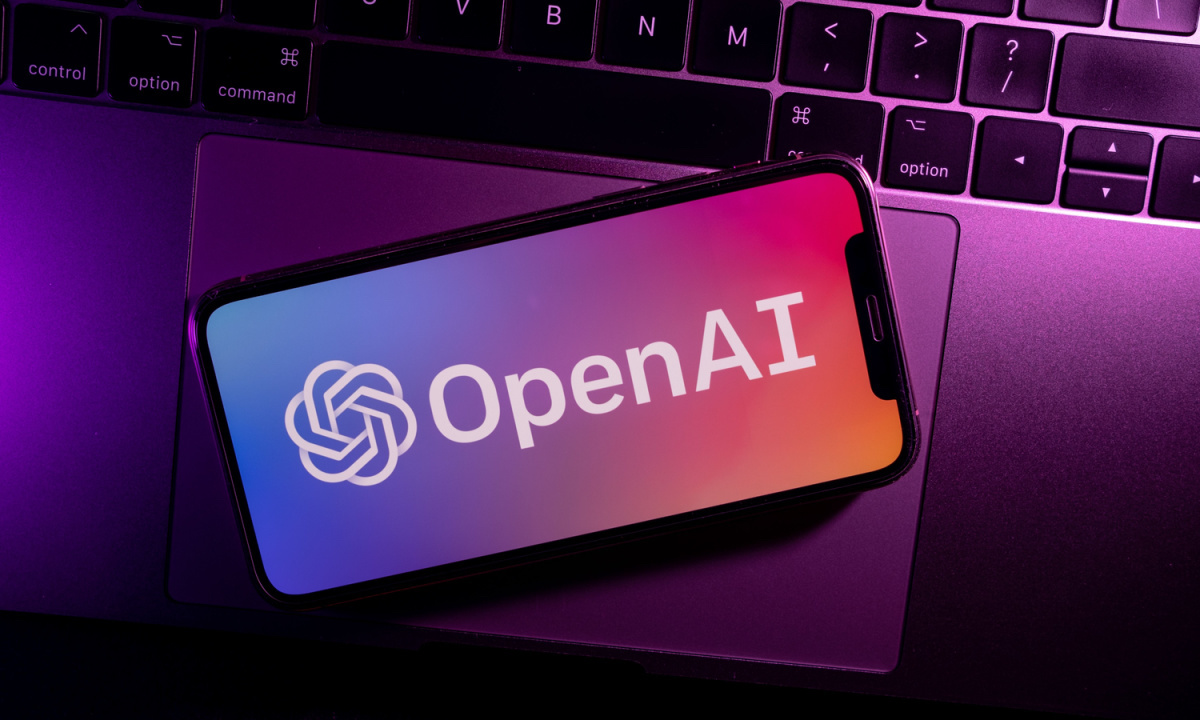OpenAI postpones ChatGPT voice mode to July

OpenAI says it needs more time to prepare the “voice mode” for its latest AI model.
“We had planned to roll this out in alpha to a small group of ChatGPT Plus users at the end of June, but need another month to meet our launch bar,” the artificial intelligence (AI) company said in a post on Twitter on Tuesday (June 25).
“For example, we are improving the model’s ability to detect and reject certain content. We are also working to improve the user experience and prepare our infrastructure to scale to millions of users while maintaining real-time response.”
The company plans to test the feature with a small group of users before rolling it out more widely in the fall, subject to safety and reliability testing. OpenAI had announced a model called GPT-4o in May that can conduct realistic voice conversations.
As noted here at the time, PYMNTS Intelligence research found that the use of voice assistants is steadily increasing, with millions of people around the world relying on the technology to perform various tasks, such as setting reminders or controlling smart home devices.
This has prompted technology giants like Amazon, Apple and Google to invest heavily in developing more advanced voice assistant technologies.
OpenAI’s GPT-4o aims to capitalize on this trend by offering improved usability and processing speed. The company claims that this new model can conduct real-time conversations and respond to user requests and requirements without any noticeable delay.
Until now, the ChatGPT experience consisted primarily of a typical chat with typing prompts, said Muddu Sudhakar, co-founder and CEO of generative AI company Aisera, in an interview with PYMNTS.
“Then OpenAI added more features, like images and voices,” he said. “But they weren’t seamless. Well, now they are. It looks like the ChatGPT form, where multimodal features are native, has been completely redesigned. This represents a huge leap. It makes the user experience more natural and effective – like interacting with a human.”
Research conducted last year as part of the PYMNTS Intelligence report, “How Consumers Want to Live in the Voice Economy,” found that consumers prefer voice technology over typing or using touchscreens because of its speed, ease of use and convenience, and some also consider it more secure.



